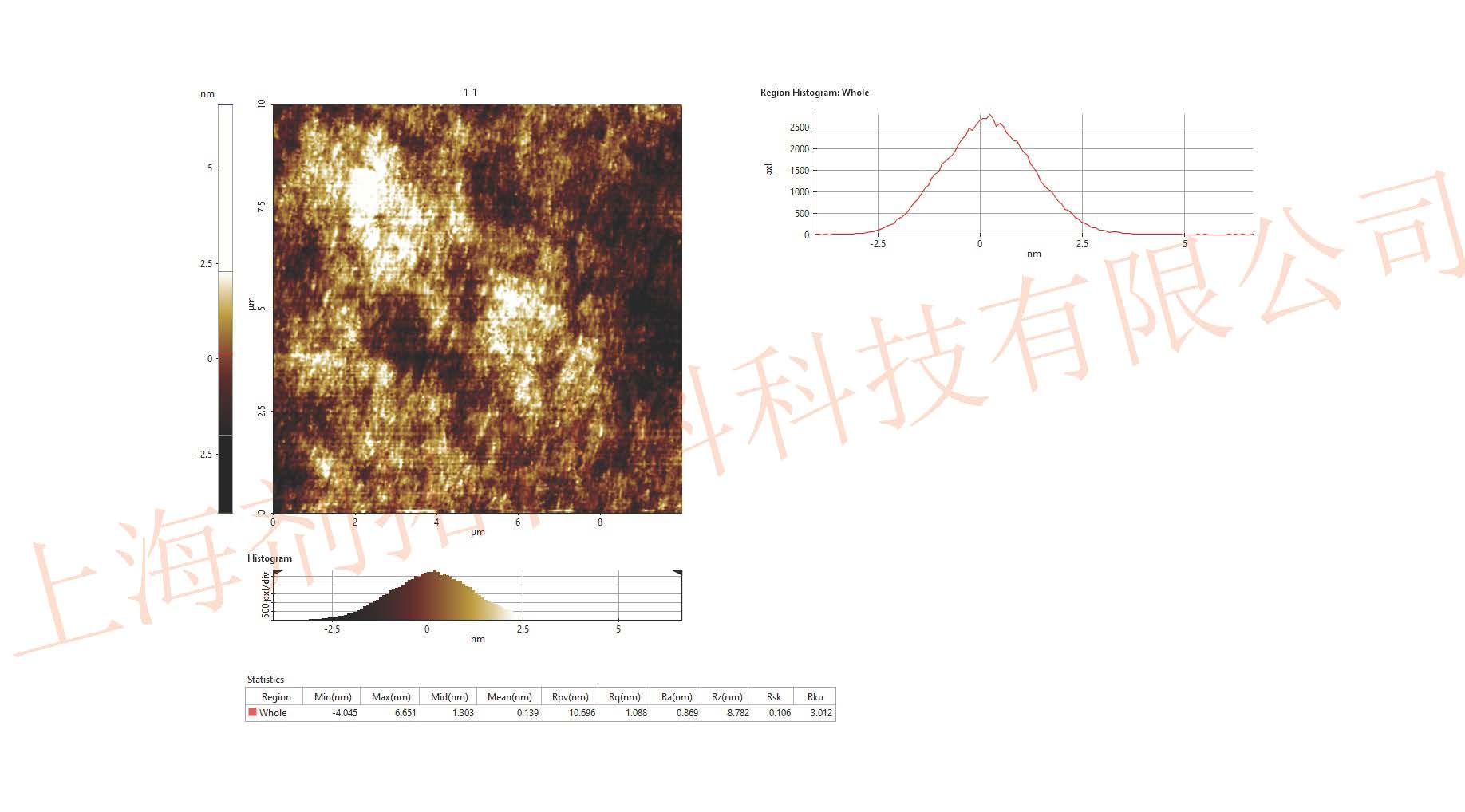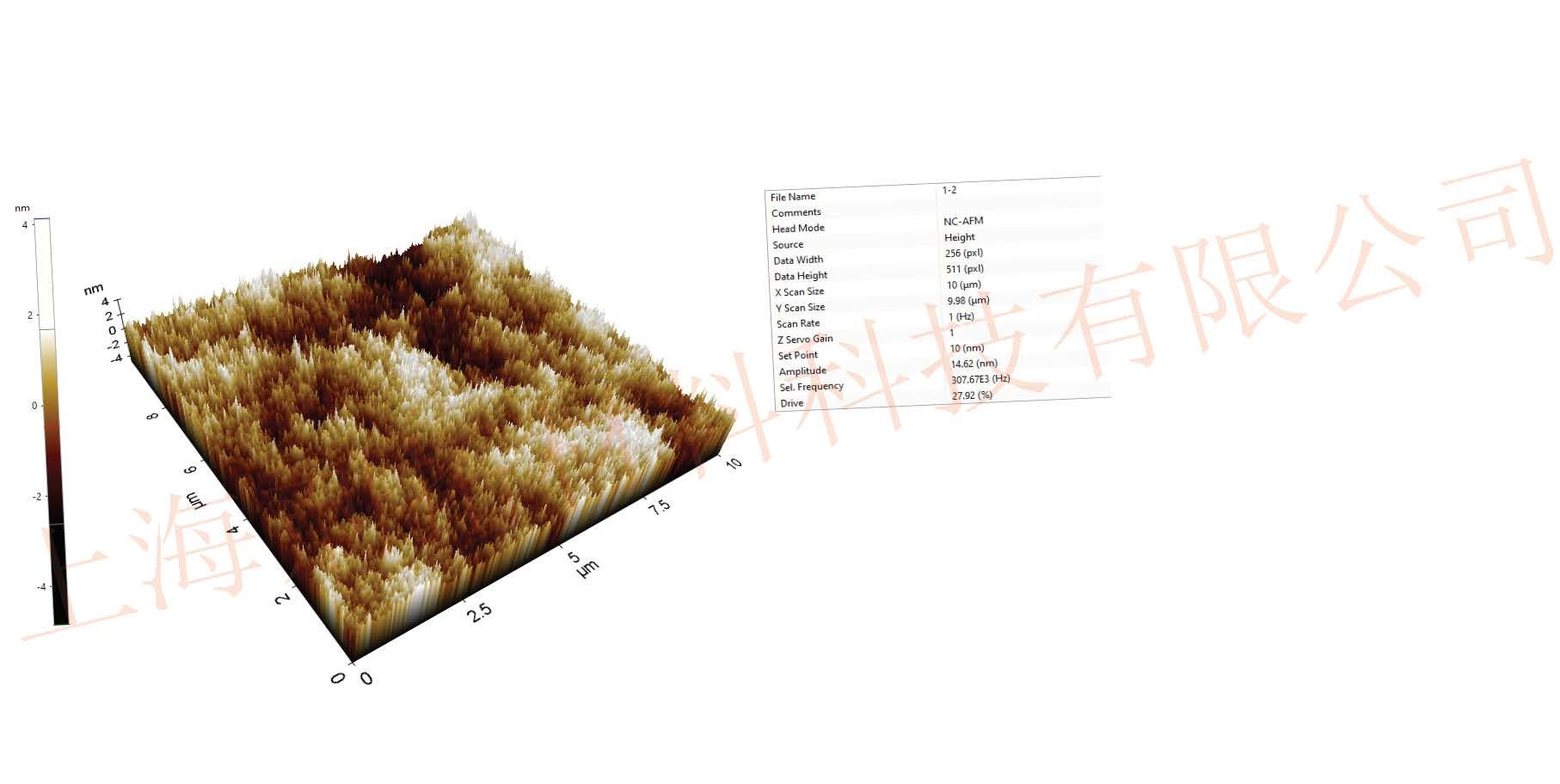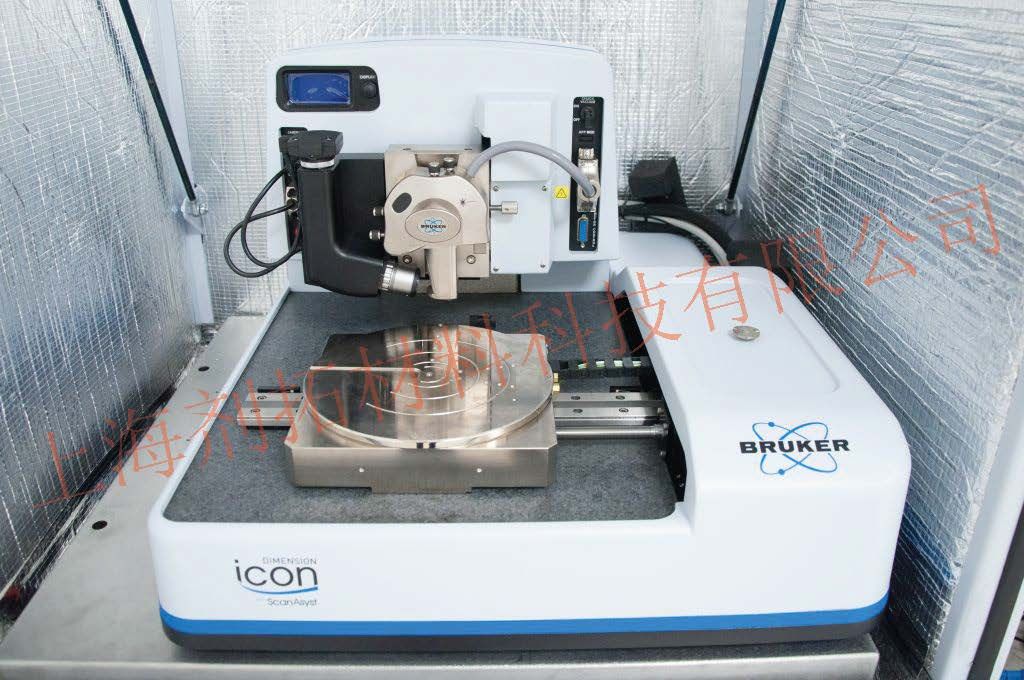AFM (Atomic Force Microscope) is applicable for surface morphology and structural analysis of materials, including measurement of surface roughness and grain size. It can also conduct cell surface morphology analysis to detect morphological differences of cells under different physiological or pathological states. Young's modulus of samples can be calculated through force curve measurement.
Fundamental Principles of AFM
AFM characterizes the sample surface morphology by detecting the weak interaction force between the tip at the end of the micro-cantilever and the atoms on the sample surface. Its core processes are as follows:
- The deformation of the micro-cantilever is measured with picometer-level accuracy by irradiating the micro-cantilever with a laser and tracking the position change of the reflected light on the photodetector; alternatively, the distance change between the micro-cantilever and the reference electrode is detected via the tunnel effect to obtain micro-cantilever displacement data.
- The control system reconstructs the 3D morphology image of the sample surface based on the micro-cantilever displacement data.
Instrument Models and Technical Parameters
- Instrument: Bruker Dimension Fast Scan
- Technical parameters:
- X-Y scanning range: Typical value 35 µm × 35 µm (minimum up to 30 µm)
- Z scanning range: ≥ 3 µm
- Longitudinal noise level: < 40 pm RMS (under suitable environment and typical imaging bandwidth ≤ 625 Hz)
- X-Y tip scanning speed: > 2 mm/s (trajectory error ≤ 1%)
- Z tip response speed: 12 mm/s
- X-Y closed-loop positioning noise: ≤ 0.20 nm RMS (standard imaging bandwidth ≤ 2.5 kHz)
- Z closed-loop positioning noise: ≤ 30 pm RMS (standard imaging bandwidth ≤ 625 Hz)
Sample Preparation Requirements
- Solid samples should be in thin sheet form (such as silicon wafers, glass slides, mica sheets, polymer films, etc.).
- The length and width of the sample should be controlled between 1 mm and 20 mm.
- Powder samples: Must be firmly fixed on a glass slide or a special sample stage (conductive adhesive or double-sided tape is recommended) to ensure a flat surface, uniform particle dispersion, and no easy detachment.
- Liquid samples: Should be placed in a special liquid cell or firmly fixed on the substrate to ensure no leakage or volatilization risk during the test. Please communicate the sample properties in advance.
- Samples with strong magnetism or strong corrosiveness are strictly prohibited to avoid irreversible damage to the precision AFM probe and internal components of the instrument.
AFM Roughness Test Case


Standards
ISO 25178-601: 2019 Geometrical Product Specifications (GPS) ASTM D6671-02 (2018): Standard Guide for Measuring Film Thickness and Surface Roughness Using Atomic Force Microscopy

